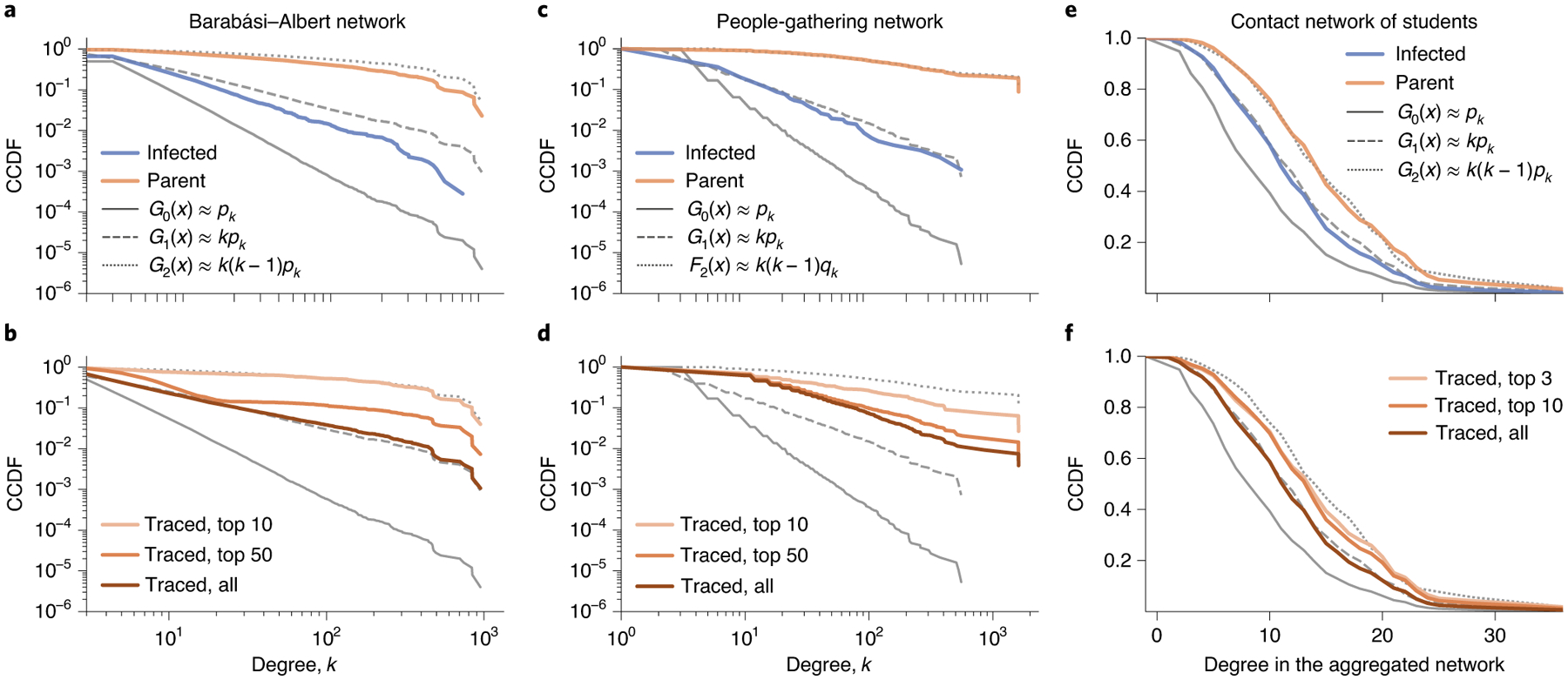Fig. 2 |. Backward and frequency-based contact tracings are effective at reaching hub nodes.

a,b, We simulate the SEIR model on a BA network composed of 250,000 nodes. We sample the infected nodes with probability 0.1 and trace their parents at time t = 10. In a, the blue and orange lines respectively indicate the complementary cumulative distribution function (CCDF) for the degree of the sampled nodes and their parents, which follow G1 and G2, respectively. Frequency-based contact tracing (b)—isolating the most frequently traced nodes—can reach nodes with a degree similar to the parents without knowing who infects whom. c,d, As for the contact network, both backward (c) and frequency-based (d) contact tracing can reach large degree nodes for people-gathering networks. e, The bias due to backward tracing is present even in a relatively homogeneous network. We simulate the SEIR model on a temporal contact network of university students and sample all infected nodes and their parents. The infected and parent nodes have degree distributions that closely follow G1 and G2 for the unweighted aggregated network, respectively. f, As for the contact and people-gathering networks, frequency-based contact tracing is effective at reaching large degree nodes.
